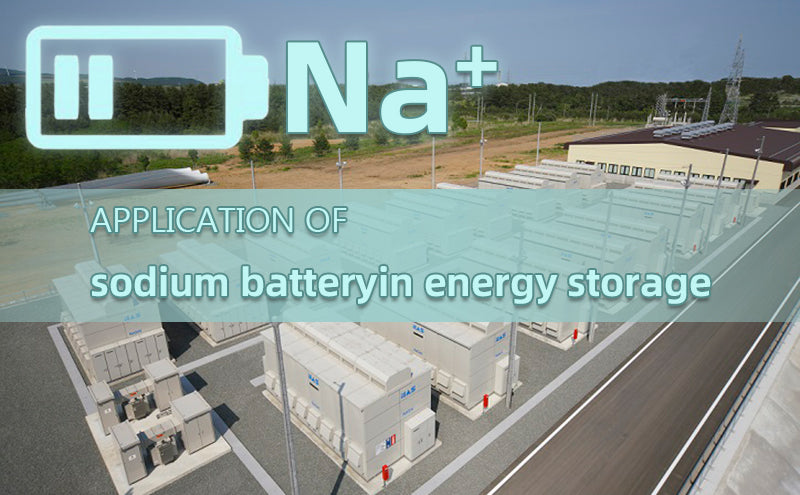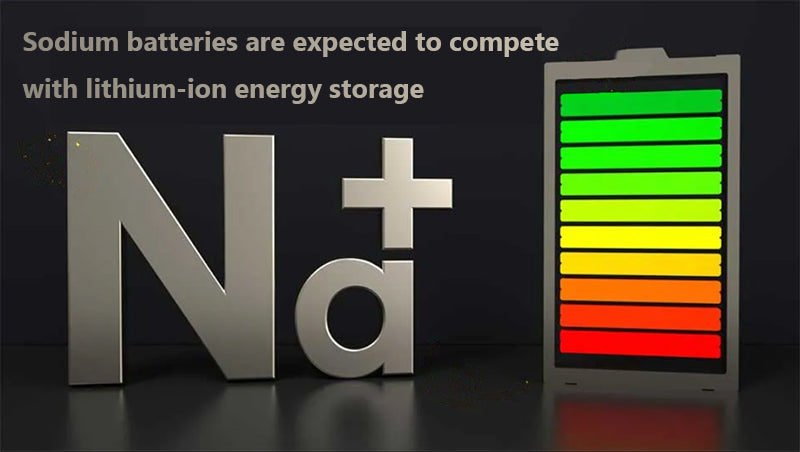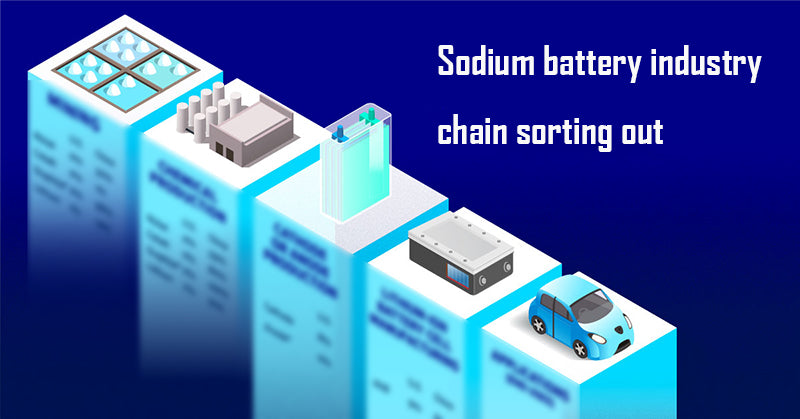
Main content:
On September 30, Foryou Corporation and HINA BATTERY jointly built the world's first batch of sodium-ion battery production lines with a mass production of 1GWh. Sodium ion is regarded as one of the most promising electrochemical energy storage routes since lithium-ion batteries. Although the actual application of sodium batteries in energy storage is not particularly clear at present, the layout of companies in the industrial chain is accelerating and the capital community is vigorously pursuing them.
1. Sodium batteries are sought after by capital and industrial layout is accelerated
Sodium-ion battery companies that are deploying sodium batteries, including CATL, continue to release their latest developments, and the industry is full of expectations. There are three main reasons why sodium-ion batteries are optimistic:
● First, the reserves of lithium ore as a precious metal mineral are limited, coupled with the impact of the epidemic, global politics and other factors, the price of lithium has soared. As the spare tire of lithium battery, sodium battery has gradually entered people's field of vision.
● Second, as the most important raw material in the new energy system, too single supply will bring hidden dangers to the development of the market and industry. It can be seen from the fact that many lithium battery companies and auto manufacturers in China have grabbed lithium in recent years, so many companies have begun to make arrangements in advance.
● Third, the rapidly expanding demand for energy storage, and the shortage of lithium-ion batteries in the market is still intensifying. In this context, sodium-ion batteries naturally stand out quickly, not only getting the attention of the industry chain, but also the favor of capital.

According to incomplete statistics, since 2020, a number of sodium-ion companies, including CATL, HINA BATTERY, GREAT POWER, SUNWODA, etc., have obtained financing to varying degrees. At present, China's layout of sodium-ion batteries can be divided into two categories. One is start-up companies, mainly HINA BATTERY, NATRIUM, and ZOOL NASM. The other is the established suppliers who have been engaged in the production of lithium-ion batteries and upstream raw materials for a long time, represented by CATL, GREAT POWER, SUNWODA, RONBAY, etc.
2. Sodium batteries are expected to compete with lithium-ion energy storage
Industry insiders believe that the reason why sodium electricity is favored by the energy storage industry is mainly due to sodium electricity itself and its compatibility with current energy storage policies and standards. On the one hand, it comes from the advantages of sodium electricity itself. Compared with lithium vs sodium battery, sodium battery has a significant cost advantage, especially when lithium prices fluctuate at a high level, it is expected to accelerate penetration. In addition, sodium-ion batteries work on the same principle as lithium-ion batteries, and can share production lines with lithium-ion batteries.
Although battery companies are currently busy rushing capacity for power and energy storage, there is no excess production line for sodium power to develop. But this is also a reason why more companies are reluctant to fall behind in sodium electricity research or storage. On the other hand, due to the market policy of electrochemical energy storage, the development of sodium-ion batteries has brought the east wind. The theoretical cost of sodium-ion batteries is lower, the operating temperature is wider, and the performance is more suitable for the energy storage environment. Its capacity retention rate is greater than 88% at -20°C, which means that compared lithium vs sodium battery, sodium-ion battery can effectively solve the problem of low efficiency of energy storage power stations in alpine regions.

The performance of sodium-ion batteries has a higher adaptability to the requirements of current energy storage system standards. Generally, large-scale energy storage systems do not have high requirements on the energy density of batteries used for energy storage, but have higher requirements on safety and economy. Therefore, energy storage systems may become an important scenario for the application of sodium batteries. In addition, due to the wide temperature range of sodium-ion batteries, the energy storage system based on sodium-ion batteries can adapt to the climatic conditions of different latitudes.
Effectively improve the penetration rate of distributed power generation, improve the stability and economy of distribution network operation. However, current trials are very expensive to produce due to uncertainties in the cathode material for sodium-ion batteries. In addition, the sodium-ion battery is in the early stage of development, with immature equipment technology, imperfect production equipment, and imperfect industrial chain. Compared with lithium batteries, it does not yet have a cost-effective advantage. Another point worth noting is that lithium-ion batteries have already eliminated battery packs through CTP and CTC technologies to reduce battery costs. This technology can also be applied to energy storage power stations to reduce the construction cost of energy storage systems.
3. Sodium battery industry chain sorting out
CATL's first-generation sodium-ion battery achieves a single cell energy density of up to 160Wh/kg (the highest in the world). After 15 minutes of charging at room temperature, the power can reach more than 80%. In a low temperature environment of -20°C, it also has a discharge retention rate of more than 90%. The system integration efficiency can reach more than 80%. The thermal stability far exceeds the safety requirements of China's national strong standard. The second-generation sodium-ion battery is expected to have a single energy density of over 200Wh/kg.
Transimage sodium-ion battery project will be put into construction in two phases. The pilot line will be put into operation this year. The first phase of 2GWh is expected to be put into operation in 2023. The long-term planned production capacity of the second phase is 8GWh, with a total of 10GWh. SUNWODA cooperated with Nankai University to set up an academician workstation to jointly study key materials and technologies such as new lithium-sulfur, sodium ion, and solid-state batteries.

RONBAY plans a Prussian white production capacity of 6,000 tons/year, and layered oxide production of 36,000 tons/year (before Q2, 2023). The company's high-nickel production line is compatible with the production of sodium-ion cathode materials and ultra-high nickel materials. The company's strategic layout is heavy. In the future, sodium-electricity will account for 10%. It will take a low-cost route to cut into the markets of energy storage, two-wheelers and small power.
4. Conclusion
In general, the mass production of sodium-ion batteries is imminent, but the application level, especially in the energy storage industry, is still a goal that requires continuous efforts. According to industry forecasts, sodium batteries are most likely to be used in two-wheeled vehicles and other fields to replace lead-acid batteries after mass production. However, with the improvement of the industrial chain, the scale effect appears, and the technology tends to mature. After the sodium battery enters the development and maturity period, it is expected to dance with the lithium battery in the field of energy storage.
Related articles: lithium battery vs other batteries, energy storage lithium battery companies